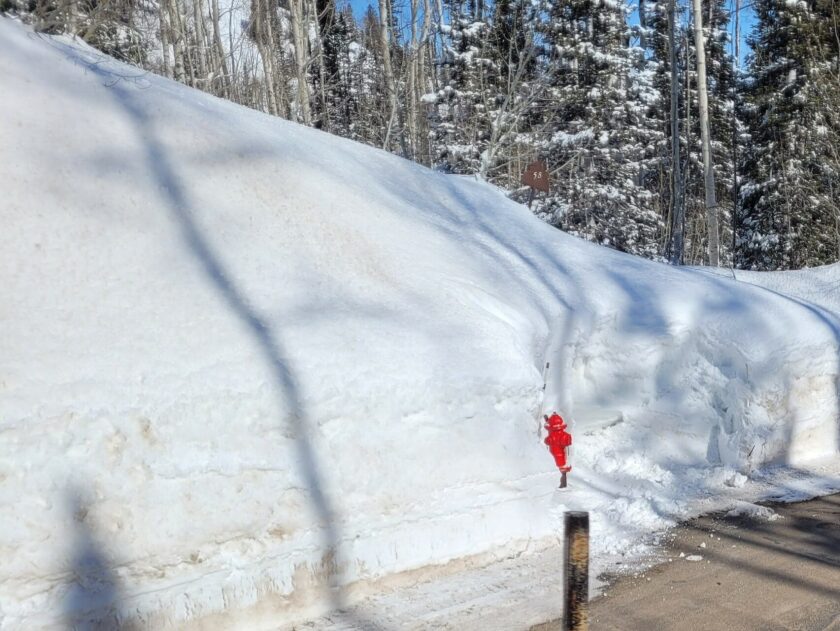
After a lackluster December, Utah’s snowpack level is higher than 100% average because of several storms in January and February, according to the Utah Division of Water Resources.
Utah is only experiencing drought conditions in 5% of the state because of the snowpack and water received both last year and this year. For comparison, 96% of the state was experiencing moderate drought or worse during this time last year, Michael Sanchez, public information officer at the Utah Division of Water Resources, said.
“The current water received will positively impact Utah’s water situation throughout the year, but ongoing conservation efforts are crucial,' Sanchez said. 'Most of our reservoirs are close to full and we anticipate many reservoirs will need to release water ahead of the spring runoff that occurs around May.”
According to the Utah Division of Water Resources website, snowpack is measured using the snow water equivalent, which estimates the amount of water that would cover the ground if melted.
Jordan Clayton, a hydrologist and supervisor of the Utah Snow Survey Team, said Utah will likely receive more snow before reaching it’s usual peak near the beginning of April. After April 1, the snowpack typically begins to melt, he said.
“From the first of February until the eighth of February, we jumped 20 percentage points, from 95% (of average snowpack) to 115%, which is a big jump,” he said.
This kind of weather is normal for January and February, Troy Brosten, a hydrologist with the Utah Snow Survey Team, said. He said snowfall typically peaks around March and April. The team is managed by the USDA and maintains snow telemetry stations to collect data.
“I was feeling pretty pessimistic in December, but the January and February storms have restoked my optimism for a good snowpack year — not as good as last year but still pretty darn good,” Brosten said. Utah is currently on track to maintain an average snowpack through April.
Utah received very little snowfall in December, Boston said, but a two-week storm pattern in January rose snowpack levels across the state. Additional storms in early February brought snowpack up past 100% average.
“It's mid-February so we still have the rest of this month and March to, hopefully, see a continued increase in our snowpack,” Brosten said.
Utah has until roughly April 1, before the snowpack begins to melt, to gain more water via winter storms, Clayton said.